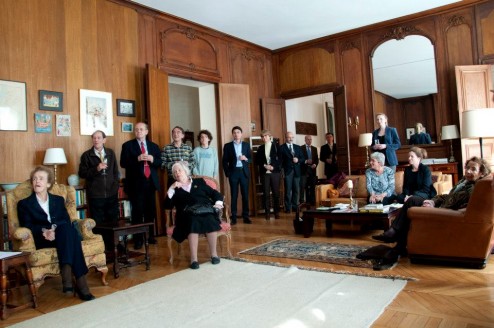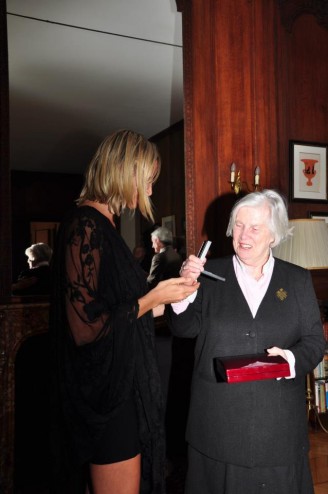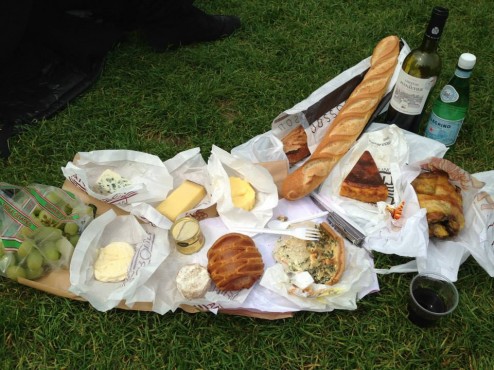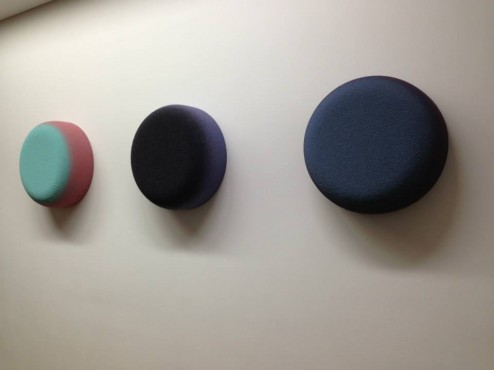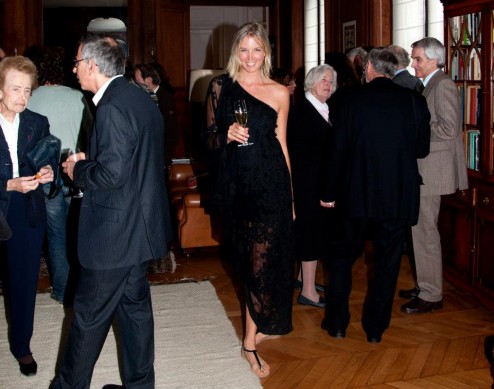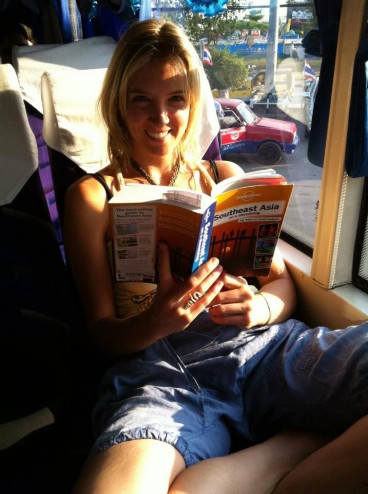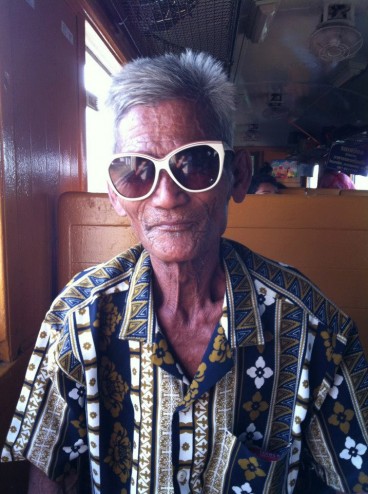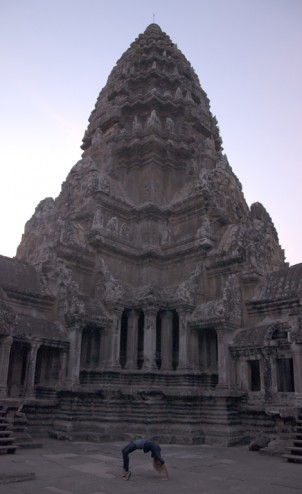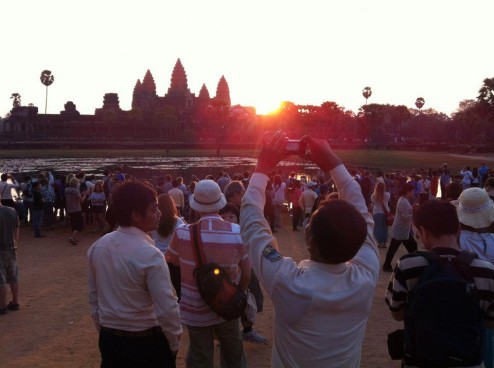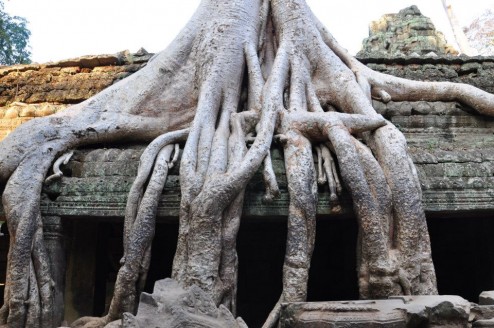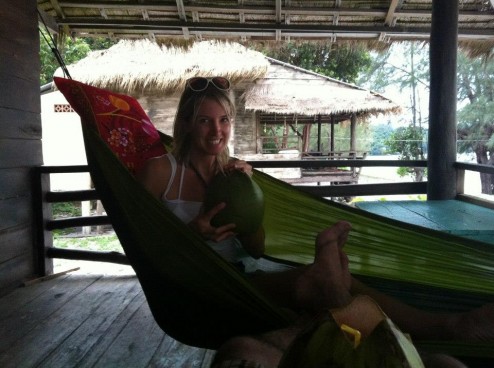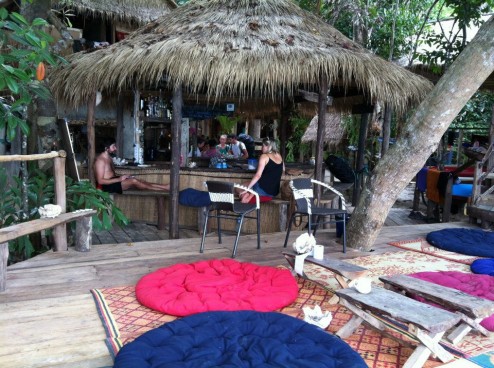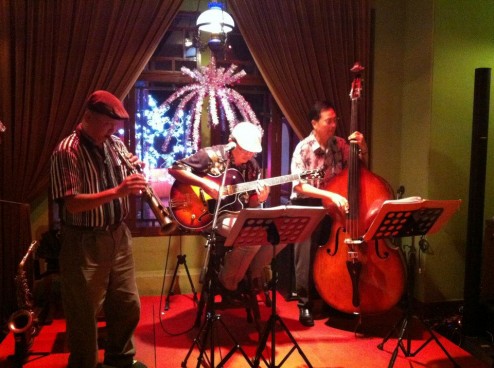Every year I seem to have less and less time for blogging. This year has the record for the least number of entries, but for a very good reason: motherhood!
Oh. My. Gosh. What a new appreciation I have for all the mothers of the world.
Maternity leave is not a holiday by any stretch of the imagination. There is no time for reading. I certainly did not get ahead on my PhD…
Motherhood is joy-filled work. Joy-filled, sleep-deprived, under-acknowledged, completely-exhausting work. Coffee with a friend and an hour or two of sleep is the closest to a break that (some) early mothers get. For me the focus was survival. Adrenaline, love-drug hormones, coffee and chocolate got me through.
Amazingly these little creatures have so much more to teach us than I could have imagined. Most surprising has been the level of love I feel for the little guy – I didn’t even know this feeling existed. And it grows and grows.
For the most part the last five months are a blur of beautiful moments.
Right in front of our eyes he has developed from this curious little three-day old gazing out at the world: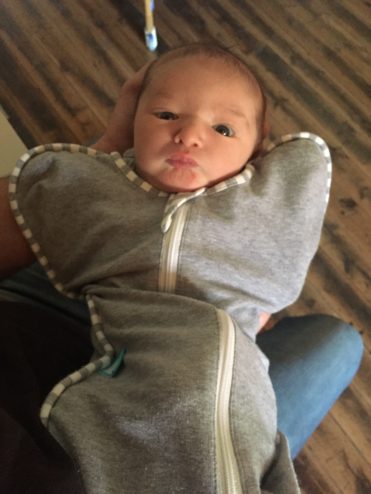
To this happy cheeky two-month old:
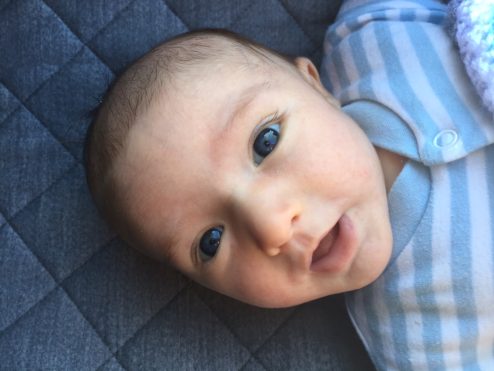
And to now at five-months, rolling, sitting, playing, and on the move:

There is so much that I’d like to reflect on and share, but time is rare for blogging on the magic of seeing this transformation. The moment I pick up my laptop is the moment he wakes up. All I can say is that the cliche every parent seems to say is true: “it’s hard work, but it’s worth it.”
What makes it so worth it?
The smiles, the laughter, the hugs, the perfectly soft skin, the innocence and essential goodness of a burgeoning being. The deep truth and kindness in his eyes. And most of all the love.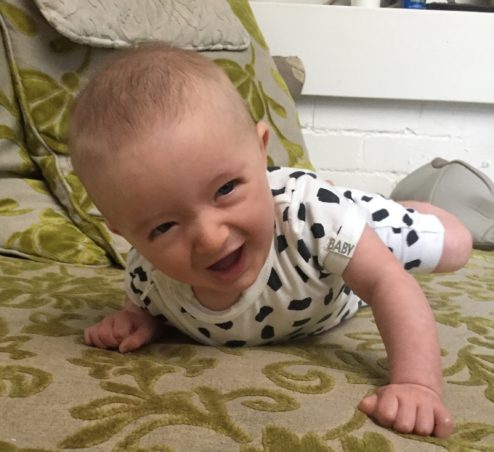
I feel joy every time I look at him. I treasure every moment I spend with him. I find every new things does endlessly fascinating: the first smile, the time he could focus on an object (my friend’s set of keys), the first time he rolled over, the first time he pulled himself forward. And all these firsts weren’t really firsts – each developed subtly, little by little, day by day, doing something by accident and in time learning to do it with intention.
He’s like the best toy ever. The cutest and most adorable little person I have ever known. Words can’t express how grateful I feel to have such a healthy and happy son, and a supportive and caring partner, in my life.
That’s it from me for now. I am glad to have posted at least one entry about the most significant and wonder-filled event of my life.
Wishing everyone a relaxing holiday, and a healthy and happy year for 2017!
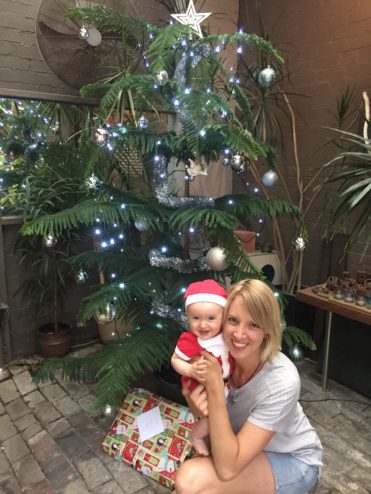
……
P.S. For any readers soon to have a baby, and as a “note to self” should I decide to have another one, I have listed my 2 cents on getting through some of the initial challenges of motherhood below.
IF YOU ARE OUTSIDE THE WORLD OF BABIES THEN THIS IS NOT FOR YOU..
- Birth ends with the most incredible moment of one’s life. Before that it is insanely intense and can take a ridiculous number of hours, especially for your first as your body doesn’t know what to do. Pre-natal belly dancing and Calm Birth courses can help – my partner helped me breath “calmly” through every contraction. If your baby is not in the right position then Western medicine and epidurals can save your (and your baby’s) life. Just get through it.
- Bring your own food to hospital. Homemade fish broth is filled with the kinds of nutrients that your body will thank you for in the couple of days after giving birth. My partner brought me slow-cooked lamb shanks with roasted potatoes from a pub nearby. Without a doubt this was the best meal of my life.
- The first week is the hardest. The “feeding frenzy” will end. Nap and eat at any moment you can. Lie down when your baby is asleep, even lying horizontal for 5 minutes will help. Breastfeeding can take more than an hour, and you can have less time than that between feeds. Let someone else do the dishes and organise your dinners.
- You may want visitors, you may not. Visitors: you can give no better gift than a home-cooked meal. Please wash the cups before you leave – even if they insist there’s no need to, just do it! New mums don’t need any extra work.
- Do not attempt to work on anything outside your baby in the first three months. Sometimes called the “fourth trimester”. They say to demand feed to build the milk supply and it can be intense. It’s ok to let your baby sleep on you – keep a book handy. Carriers are great for letting baby sleep on the go. Surrender. Do whatever gets you through.
- Get to know your baby’s signs. Baby Language by DBL is interesting. This list of signs of tiredness helped me. Crying may mean baby is tired (or over-tired), NOT hungry!
- ASK: ask for what you need. Be specific, people cannot read your mind. Unless they are a mother they are unlikely to have any idea what you need. E.g. If you would like someone to get you a glass of water every time you breast feed then ask!
- Join a community or two. For me Ryoho yoga therapy women’s health lunchtime classes (bring your baby), and my vibrant and fun mother’s group (plus one father) have been a great support throughout.
- Breastfeeding takes an unexpected amount of time and takes a lot of energy with so many of your nutrients going to your baby, but your baby gets all that goodness, and it’s convenient when compared to bottles – worth the effort! Drink lots of water.
- Potty/toilet training need not wait until one or two (or three) year’s old. You can start in the first few months. At the first sign of straining, you can help baby get comfortable with the potty, and (maybe, I’m yet to see) they can be trained or at least half-trained right from the beginning.
- Sleep is key. Babies need to learn how to go to sleep and connect their sleep cycles without your help. Being attentive to every little waking noise can be counter-productive, and you yourself can turn your presence (or your breasts) into a sleep aid. At five months I was waking to feed or calm Charlie every hour and the sleep deprivation was driving me crazy! I needed help. My sister’s friend shared the Sleep Sense program by Dana Obleman – it’s a series of simple videos that met me exactly where I was and stepped me through the training. Much better than books when one is lacking time and mental stamina to read… It helped us within one night, with only about 20 minutes of tears.
- Getting to rhythm of sleep, eat, play (rather than play, eat, sleep) helps a lot.
- Every baby, every mother, and every experience of motherhood is different. So these tips probably won’t help you, or even me if I do it again. Follow your instinct. Try not to let the challenges take away from the magic experienced each day. And always ask for help if you need it.

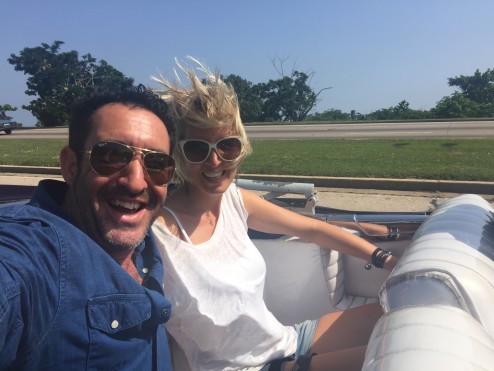
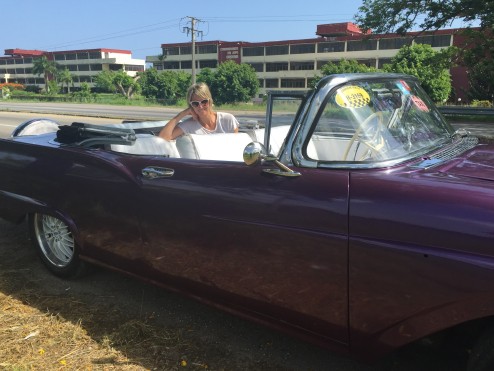 Hot pink classics toot their horns. All of them seem to carry white-skinned foreigners, driven by a darker skinned driver.
Hot pink classics toot their horns. All of them seem to carry white-skinned foreigners, driven by a darker skinned driver.
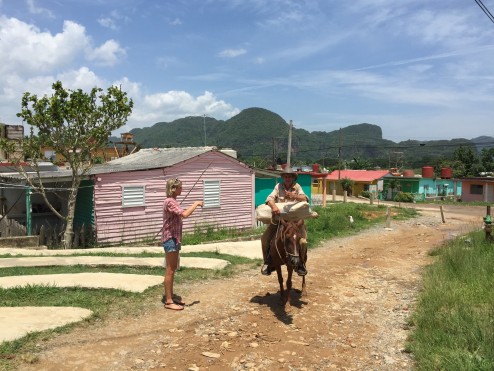
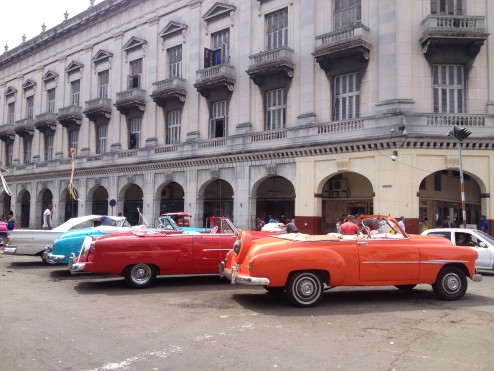

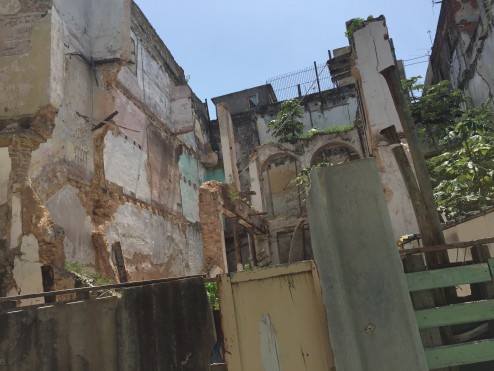



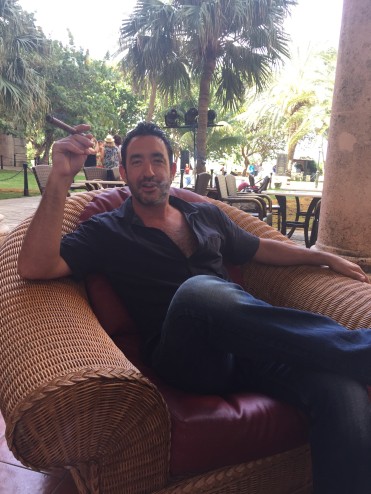

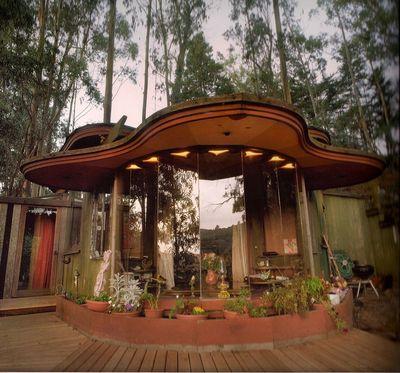
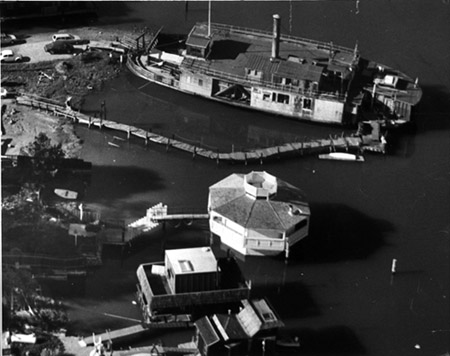

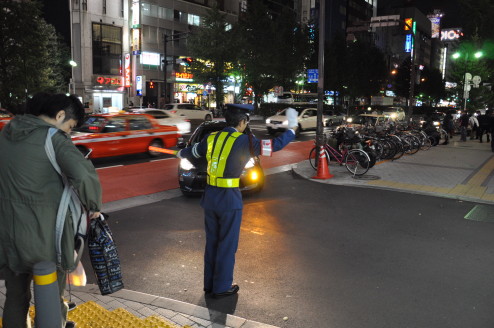
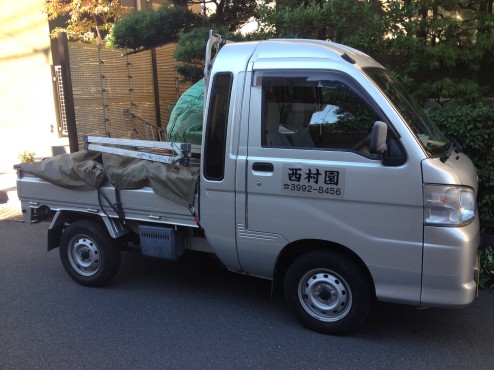
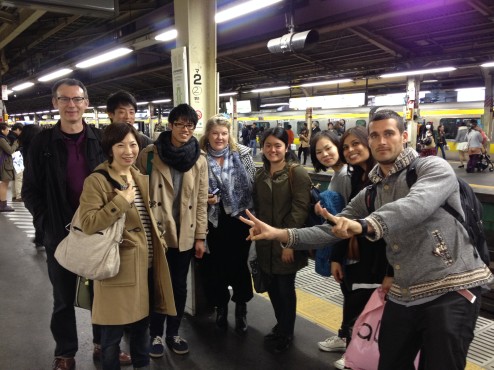
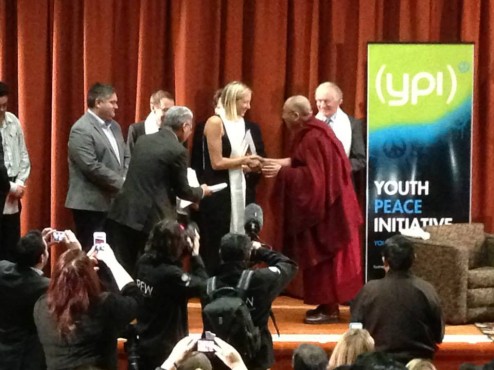

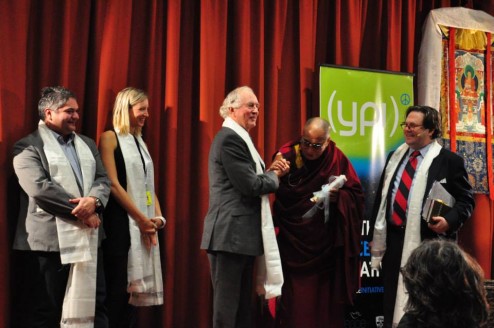
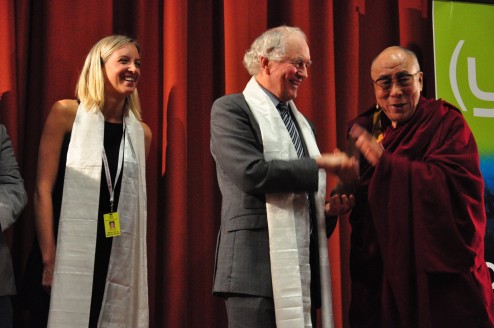
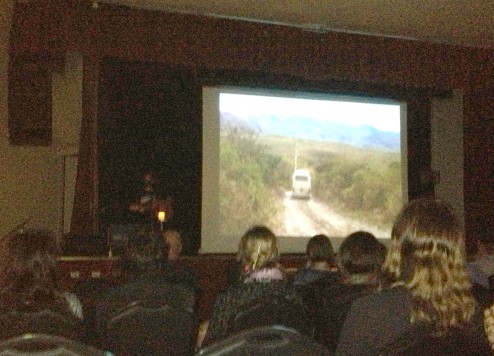
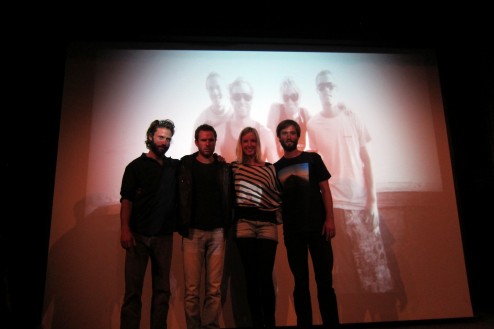

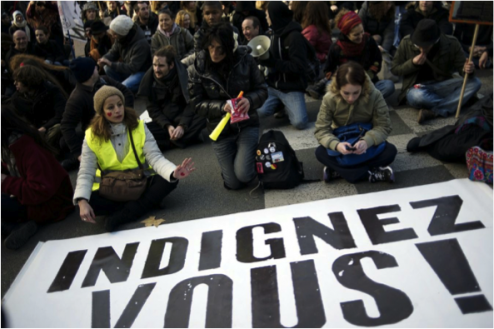
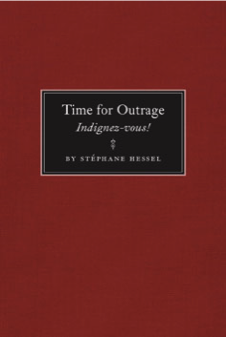 of the world financial markets that threaten peace and democracy everywhere.”
of the world financial markets that threaten peace and democracy everywhere.”
